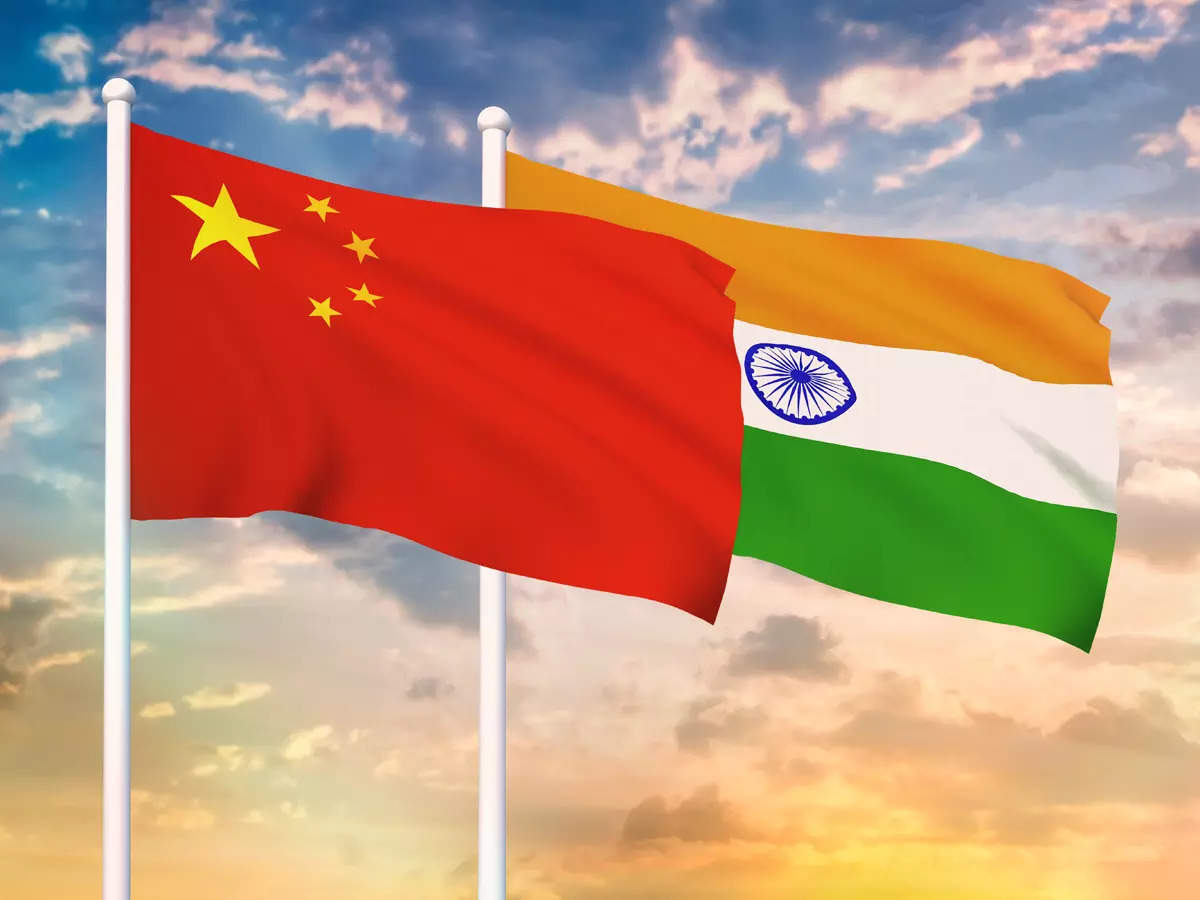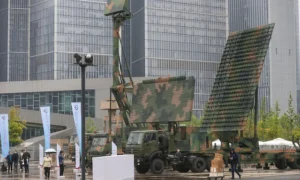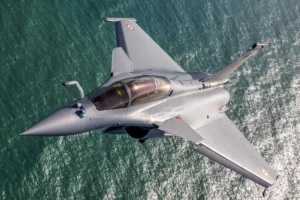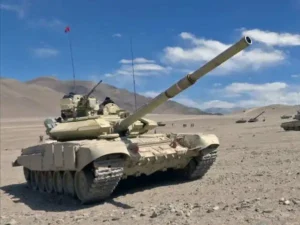This cartographic aggression is part of Beijing’s long-standing strategy to rewrite history and normalize its illegitimate territorial claims. It is the fourth such list of names released since 2017, following Indian Prime Minister Narendra Modi’s visit to Arunachal Pradesh in March – a move that prompted China to lodge a baseless diplomatic protest, asserting that the state belongs to them.
China’s claims over Arunachal Pradesh stem from its belief that the state is part of “Zangnan” or “Southern Tibet,” a region it considers an integral part of its territory. However, this belief is rooted in a flawed understanding of history and a blatant disregard for India’s sovereignty.
Arunachal Pradesh has been an integral part of India since the country’s independence, and its status as an Indian state is non-negotiable. China’s territorial aggression bears similarities to that of Adolf Hitler’s Nazi Germany, which ultimately led to the outbreak of World War II. Just as Hitler sought to expand Germany’s territory through military force and occupation, China has repeatedly demonstrated its willingness to violate international law and trample on the sovereignty of other nations to satisfy its expansionist ambitions, according to China experts.
Tibet stands as a stark example of China’s occupation and suppression of dissent. Decades ago, China aggressively entered Tibet, overpowered the Tibetans who resisted its aggression, and mercilessly massacred a large number of them. Today, China maintains a firm grip over the Tibet region, hiding its atrocities behind an “iron curtain” from the eyes of the world.
Emboldened by the lack of meaningful international condemnation for its actions in Tibet, China has grown increasingly assertive in its territorial claims over other regions. It has repeatedly threatened to invade Taiwan, despite the island’s separate and legitimate status as a self-governing entity.China’s claims over Taiwan are baseless, as the island emerged as a distinct region after the Chinese civil war. In the South China Sea and around the Senkaku Islands, China has engaged in aggressive posturing and rejected the legitimate claims of other countries, including the Philippines, Vietnam, Taiwan, and Japan. Its unwillingness to engage in dialogue and seek amicable solutions has heightened tensions in these regions, raising the specter of potential armed conflicts.
India, too, has borne the brunt of China’s aggression. During the 1962 war, China occupied thousands of hectares of Indian territory, which it continues to hold illegally. Frequent skirmishes and border incidents between Chinese and Indian forces are a direct result of Beijing’s persistent attempts to alter the status quo along the Line of Actual Control (LAC).
China has also employed economic coercion and debt traps to advance its agenda. By extending massive loans to countries like Pakistan and Sri Lanka for infrastructure projects under the Belt and Road Initiative (BRI), China has entrapped these nations in crippling debt, forcing them to cede control over strategic assets like the Gwadar and Hambantota ports.
The case of Sri Lanka, where China has acquired a 99-year lease over the Hambantota port, is particularly concerning. Such long-term leases effectively amount to territorial control, further fueling concerns about China’s neo-colonial ambitions and its disregard for the sovereignty of other nations.
China’s aggressive postures pose a grave threat to the existing global order, built on the principles of respect for sovereignty, territorial integrity, and the peaceful resolution of disputes. Beijing’s actions could destabilize entire regions, spark conflicts, and undermine the hard-won peace and stability achieved through decades of diplomatic efforts, according to China watchers.
The international community requires to take a firm stand against China’s flagrant violations of international law and its attempts to redraw borders through force and coercion. Nations may impose appropriate consequences, including economic and diplomatic measures, to deter its expansionist agenda.
The international community should also support and strengthen multilateral institutions and mechanisms that promote dialogue and peaceful conflict resolution.
An unwavering commitment to upholding international law and the principles of sovereignty can help the international community preserve the hard-won peace and stability that has been achieved through decades of diplomatic efforts.








